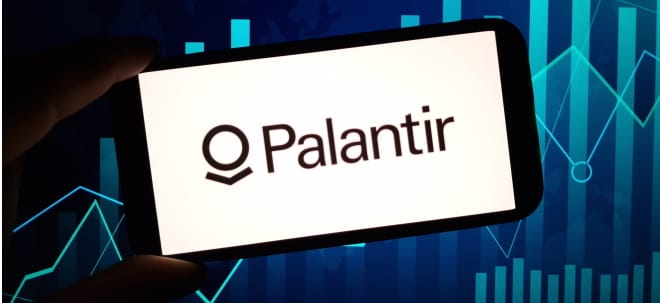Let me offer some assumptions and context on the projected COVID vaccine financial contribution and our collaboration agreement. The Pfizer-BioNTech vaccine collaboration construct is a 50-50 gross profit split. Pfizer will book the vast majority of the global collaboration revenue, except for Germany and Turkey, and we do not participate in China
die 15 sollen die gesamtumsätze ohne china, türkei und deutschland sein....
So, let me -- Jason, let me do it this way. Let me talk about kind of how the current margins work, and then I'll pivot to how they can work going forward. So, in terms of the current margins, I always start with, we're in a pandemic pricing environment. So, the one price that we published is the price with the U.S. of $19.50 per dose. Obviously, that's not a normal price, like we typically get for a vaccine, $150, $175 per dose. So, pandemic pricing, then what are the takeaways from that? Obviously, there's the direct material, the labor, the factory overhead, shipping, distribution, then obviously, royalty assumptions we've made and then the 50% gross profit payment that we pay to our partner BioNTech. Then, you layer in on top of that some marketing and sales expense and medical expense, some R&D expense, and you come out with the high-20s in terms of that as a percentage of revenue, what we guided to. That's kind of the existing financials for the vaccine.
Now, let's go beyond a pandemic pricing environment, the environment we're currently in. Obviously, we're going to get more on price. And clearly, to your point, the more volume we put through our factories, the lower unit cost will become. So, clearly, there is a significant opportunity for those margins to improve, once we get beyond the pandemic environment that we're in. |


 Thread abonnieren
Thread abonnieren


